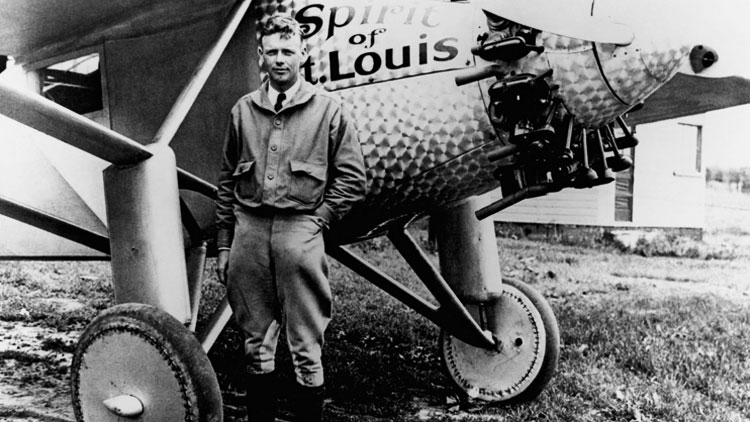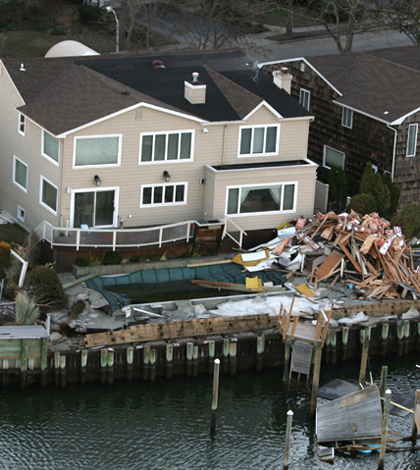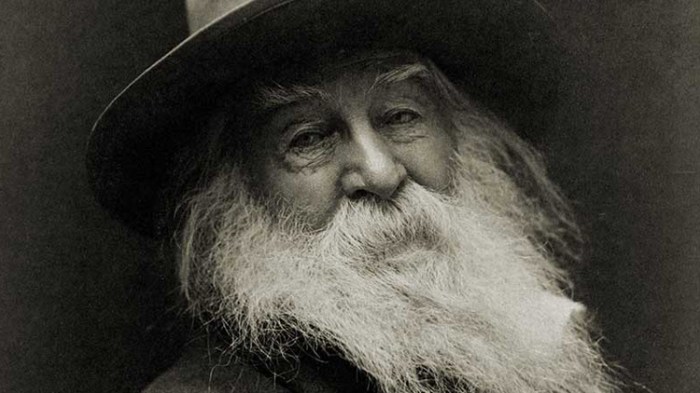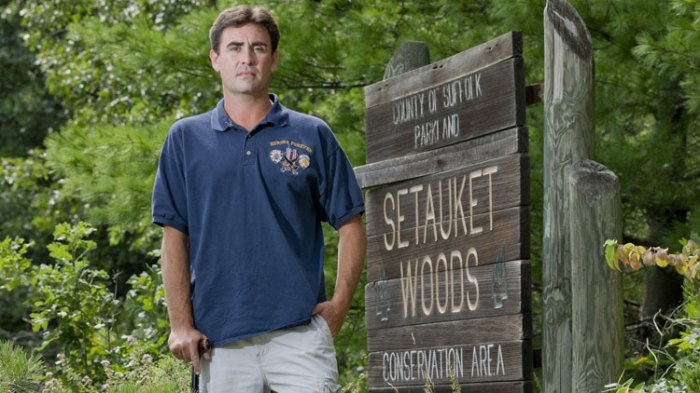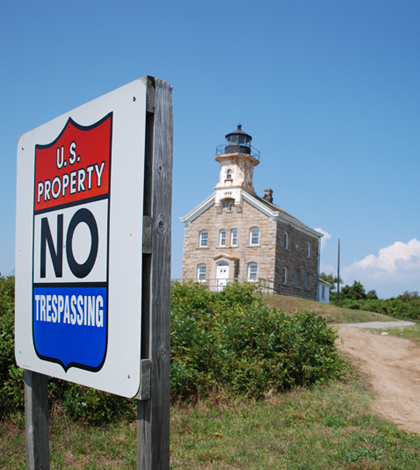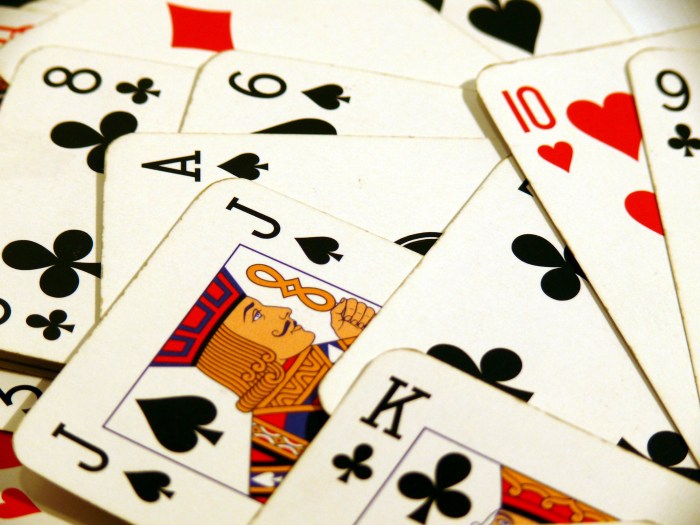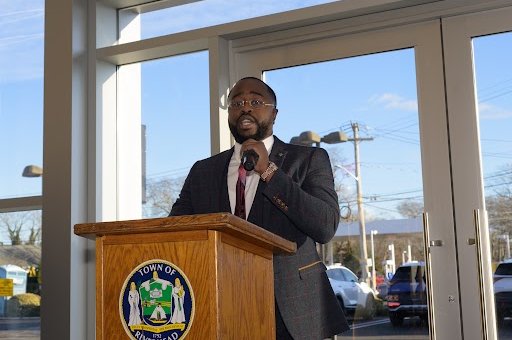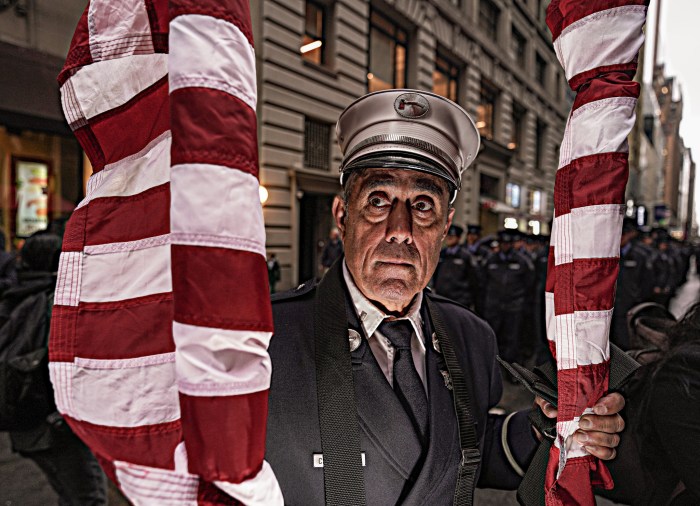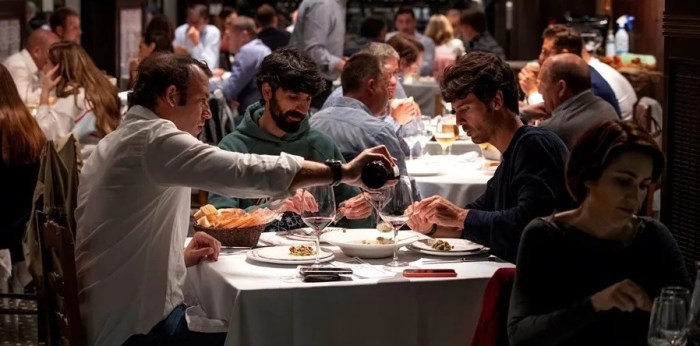Given the rush of merchants trying to cash in on Charles Lindbergh’s historic flight from New York to Paris on May 20, 1927, it’s fitting that the spot where the famous aviator took off is the biggest mall on Long Island today.
“Slim” Lindbergh, as he was known in St. Louis among his pilot pals and his business backers, spawned “Spirit of St. Louis” letter openers (named after his plane), ladies’ hats dubbed the “Lucky Lindy Lid” (gray felt with black trim, side flaps and a little propeller on the front), patent leather shoes with his photograph inserted on the top, boys’ britches, and even loaves of “Lucky Lindy Bread.”
“Lindbergh became kind of a marketing phenomenon—from coloring books to games to toys to you name it!” says Andrew Parton, executive director of the Cradle of Aviation Museum in Garden City.
It has the first plane the famous aviator ever owned, a Curtiss JN4-D—a Jenny—which Lindbergh bought in Georgia for $500 in 1923. Later it was fully restored in the 1970s by George Dade, an LI aviation buff who first met Lindbergh in the 1930s. The museum also has one of three Spirit of St. Louis models that the Ryan Aeronautics Company in San Diego built to Lindbergh’s demanding specifications: no front window in the cockpit, just a periscope and two side windows plus enough tank storage to hold 400 gallons of fuel. Jimmy Stewart used this sister ship to portray Lindbergh in Billy Wilder’s 1957 classic biopic.
“The legend is that Charles Lindbergh flew this plane on Long Island in the early ’60s and said it handled the same way,” Parton says. “So we go with the legend!”
Nassau County was bustling with aviation activity long before Lindbergh climbed into the cockpit. Where the museum is today was Aviation Field No. 2, the military airstrip renamed Mitchell Field after John Mitchell, the second youngest mayor of New York City, who had joined the Army Air Corps after failing to get re-elected. He died in a training accident in World War I.
The other two airstrips then in operation were both civilian. Roosevelt Field was named after President Theodore Roosevelt’s son Quentin, who died in flight combat over France in 1918.
Curtiss Field was named after Glenn Curtiss, the first pilot to take off from the Hempstead Plains in 1909. The flat, windy topography was ideal for flying—and the wealth of Manhattan was perfect for financing flights of derring-do. Starting in 1919, Manhattan hotel owner Raymond Orteig, who was born in France, had offered a $25,000 prize to the first aviator to fly nonstop from New York to Paris. Years later, Lindbergh wrote that he was “much more interested in the flight than in the prize… [but he didn’t] mean to imply that the prize was not of definite interest, too.”
“Knowing that the money was in New York, all the early aviators gravitated to Long Island,” says Parton. “That’s why it became the cradle of aviation.”
So, on the morning of May 20, having gotten no sleep the night before at the Garden City Hotel, Lindbergh had the Spirit of St. Louis towed from its hangar at Curtiss Field, where the Roosevelt Field Mall is today, to the larger and longer runway at Roosevelt Field, which Admiral Richard Byrd had graded in preparation for his own trans-Atlantic flight. That’s where The Source Mall is today. A gully, about where the Meadowbrook State Parkway is now, separated the two air strips. A crowd had gathered in the early light to see him off. Lindbergh later noted that it all felt “more like a funeral procession than the beginning of a flight to Paris.”
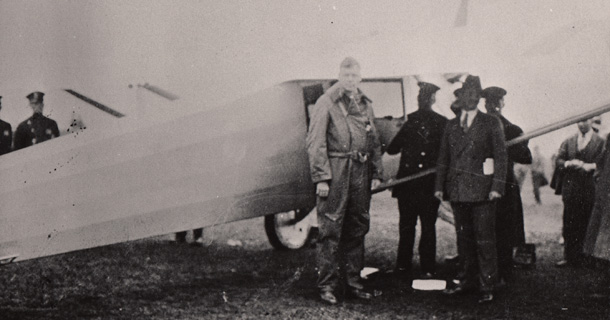
FLY BOY
Go to the Roosevelt Field Mall today and on the upper level by the south entrance is a large, airy mural honoring Curtiss Field’s contribution to aviation when it was “the world’s premier airport.” The smiling faces of Lindbergh and Amelia Earhart lofting among the clouds pale in comparison to the striking image of Nikki Minaj in a yellow one-piece bathing suit floating on a turquoise pool surrounded by purple gloss lipsticks, an advertisement for the MAC cosmetics store nearby.
On the concourse level outside the mall management office is a plaque telling passersby that Curtiss Field was renamed Roosevelt Field in 1920. Lindbergh only referred to it as Curtiss in his accounts. A more prominent plaque, installed in 1967 by Nassau County and the New York State Education Department on the mall’s main level, proclaims in bright gold letters that “Lindbergh took off from here in the ‘Spirit of St. Louis.’” It can be found underneath an escalator near Tourneau, the pricey watch store. Thirteen clocks mounted in a row above the shop windows tell the time in cities like London, Cairo, Moscow and Seoul, but not Paris—Lindbergh’s destination that took him 33½ hours to reach.
About a mile away, at The Source, now in bankruptcy, is an impressive bas-relief sculpture chiseled out of granite by Chris Pelletieri and funded by the Fortunoff family. It supposedly marks the second “bounce,” where Lindbergh’s heavily laden plane finally had enough thrust to get off the ground and barely clear the telephone wires on what’s now Merrick Avenue by about 20 feet. This monument is on a grassy knoll at the intersection of Source Mall Drive and Transverse Drive.
On May 20, timed for the anniversary of Lindbergh’s takeoff, Rep. Carolyn McCarthy (D-Mineola) plans to reintroduce a bill called the Long Island Aviation History Act, which would authorize the Department of the Interior to conduct a feasibility study about incorporating parts of the area—the stone monument at The Source in particular—into “a unit of the National Park System,” a process that could take years. The notion was the inspiration of Adam Sackowitz, a Hostra University American studies major. Meanwhile, Hempstead Supervisor Kate Murray and Hempstead Town Councilwoman Dorothy Goosby are “fully on board” with getting the sculpture and its small grassy knoll a landmark designation, a spokesman tells the Press. “We are absolutely committed to it.”
Shoppers might know this historical marker because it’s near where the now-defunct Circuit City used to be. Shoplifters might have seen the monument because it’s within sight of Nassau Police’s 3rd Precinct “satellite” substation, where some 1,500 mall arrests are reportedly processed a year.
When Lindbergh returned triumphant to the States, he had to steal time for himself. Everyone wanted something from him, especially his publisher George Putnam, to whom he’d promised a book recounting his inspiring journey. Fortunately for Lindbergh, Harry Guggenheim, whose father had established a Fund for the Promotion of Aeronautics, befriended him and took him under his wing.
At Falaise, Harry Guggenheim’s palatial Gold Coast estate, Lindbergh cranked out “We” in three weeks, working at a polished desk in an upstairs bedroom or at a secluded table on the grounds to churn out almost 40,000 words and meet his deadline before he would embark on a three-month tour taking the Spirit of St. Louis to all 48 states.
The publishers knew they had a hit if they could just get the work into the public’s hands.
Lindbergh’s book came out the end of July in 1927 and by June 1928 it was already in its 31st printing. To call it a best-seller is an understatement. The prose, however, is almost child-like in its simplicity.
“His writing got a lot better over the years,” says Josh Stoff, the curator at the Cradle of Aviation Museum. “He wrote a better book, “The Spirit of St. Louis,” in the Fifties, which won a Pulitzer Prize….That’s a much better book.” Wilder used it for his movie starring Jimmy Stewart.
In his own words, Lindbergh painfully described how he felt after flying for 17 hours and being awake for almost 40:
“My back is stiff; my shoulders ache; my face burns, my eyes smart,” he wrote. “It seems impossible to go on longer. All I want in life is to throw myself down flat, stretch out—and sleep.”
Decades later, Lindbergh admitted that after flying for 24 hours, he had visions: “vaguely outlined forms, transparent, moving, riding weightless with me in the plane.” They were benign, these misty humanlike shapes, and they spoke to him above the roar of his engine, providing him “messages of importance unattainable in ordinary life.”
Soon they left him alone, and then he saw another vision that turned out to be real: fishing boats. Lindbergh circled one of them, came in about 50 feet above the waves, leaned out his window and asked a fisherman, “Which way is Ireland?” He got no reply. The next people he spoke to were in Paris.

ABOVE AND BELOW
“If you look at aviation before Lindbergh and then after his flight, it really changed the world,” says Stoff, the Cradle’s curator. “Commercial aviation really didn’t exist before Lindbergh’s flight because people were afraid to fly in airplanes…. But when Lindbergh made his flight, he showed that one person in a little airplane can fly the ocean safely and get to exactly where he was going on time and on schedule.”
Understanding fully the man who made this solo achievement remains elusive, decades after his flight.
In his invaluable 1998 book, “Lindbergh,” prize-winning biographer A. Scott Berg says the celebrated aviator was “raised in virtual isolation.” America’s most famous flyer, Berg observes, “was born with a deeply private nature and bred according to the principles of self-reliance—nonconformity and the innate understanding that greatness came at the inevitable price of being misunderstood.”
This explanation sheds some insight into other crucial events in Lindbergh’s life: his complex marriage to Anne Morrow, an ambassador’s daughter, and the tragic, fatal kidnapping of their baby from their New Jersey home in 1932; his acceptance of a medal in 1938 from the Nazi leader Hermann Goering “by order of der Fuhrer” in Berlin, and his apparent lack of sympathy for the Jews’ plight and his antipathy toward Britain that led him to support the America First movement. (Lindbergh’s father had been a radical Minnesota Congressman who’d railed against the “Money Trust” keeping America in the “Great War.”) In 1941 President Franklin Roosevelt’s top aide Harold Ickes wrote FDR that “I ardently hope that this convinced fascist will not be given the opportunity to wear the uniform of the United States.”
After Pearl Harbor, Lindbergh did want to go to war. He volunteered at the Mayo Clinic in 1942 to test the effects of altitude on pilots, and later he unofficially flew on 50 bombing missions in the South Pacific, according to Berg.
Had Lindbergh not had an irreparable falling out with Roosevelt, he might have been made a general, says Stoff. Despite what was happening on the ground, the airman always managed to keep his eyes on the stars up above, and he proved instrumental in getting Guggenheim to invest in Robert Goddard, considered the father of modern rocket propulsion.
So, in that sense, the history of modern aviation does owe a debt of thanks to the man who once used Long Island as his launching pad.
“You’ve got everything from Lindbergh to going to the moon,” says Andrew Parton, the Cradle’s director, “and it’s all connected here.”
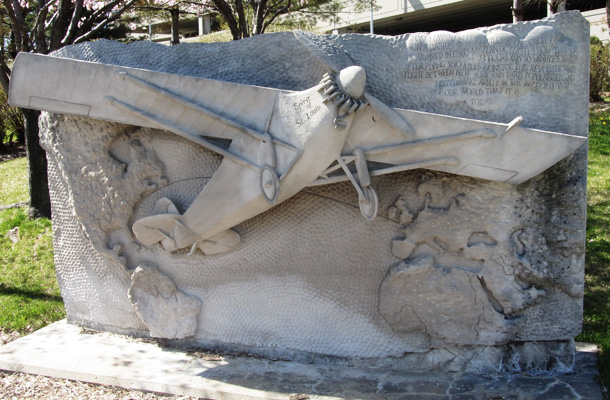
(Spencer Rumsey/Long Island Press)




